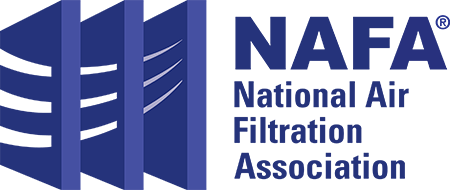The Role of Filtration with Building Security in the Post 9/11 World: Is Filtration the “Silver Bullet?”
June 29, 2011
“9/11” CHANGED THE WORLD.
The early reactions to the events surrounding and following 9/11 were similar to the “Chicken Little” of nursery rhyme folklore fame. As with “The sky is falling!” shouts of “Shut off the Air Conditioning System!” spread panic and concern among the building community. Conferences were held by every conceivable group related to the building industry; legislation was proposed at all levels; a new Homeland Security Agency was created; a national alert system was developed; and duct-tape sales surged. Further fuel came from the SARS pandemic that demonstrated how far and how fast a communicable disease can and will spread in our modern world. Out of this frenzy, Filtration and Air Cleaning (FAC) was recognized as an existing technology that could be the potential “Silver Bullet” for occupant safety. This article is excerpted from a presentation by the author at the 2003 NAFA Annual Conference. It is designed to assist the air filtration professional to aid their clients–the building management team—regarding the application of FAC for the control of airborne chemical/biological radiological, (CBR) threats in their existing building.
BUT THE RULES HAVE NOT CHANGED.
The building security issue is complex and critical, because it involves a wide array of factors and components both internal and external to the building, with FAC being but a part of the overall assessment and hardening process. This abbreviated list provides the FAC professional with a context for evaluating and assessing buildings for application of FAC.
FILTRATION: AN IMPORTANT BUILDING SECURITY TOOL.
If filtration enhancement is supported by the owner’s risk analysis, the following recommendations will aid in the upgrading process in the existing building inventory.
In summary, filtration is an essential component of building security because, as stated by ASHRAE Past-President William Coad (2001/2), “9/11 raised the issue of the quality of the indoor environment from a comfort and housekeeping issue to a health and safety issue.”
